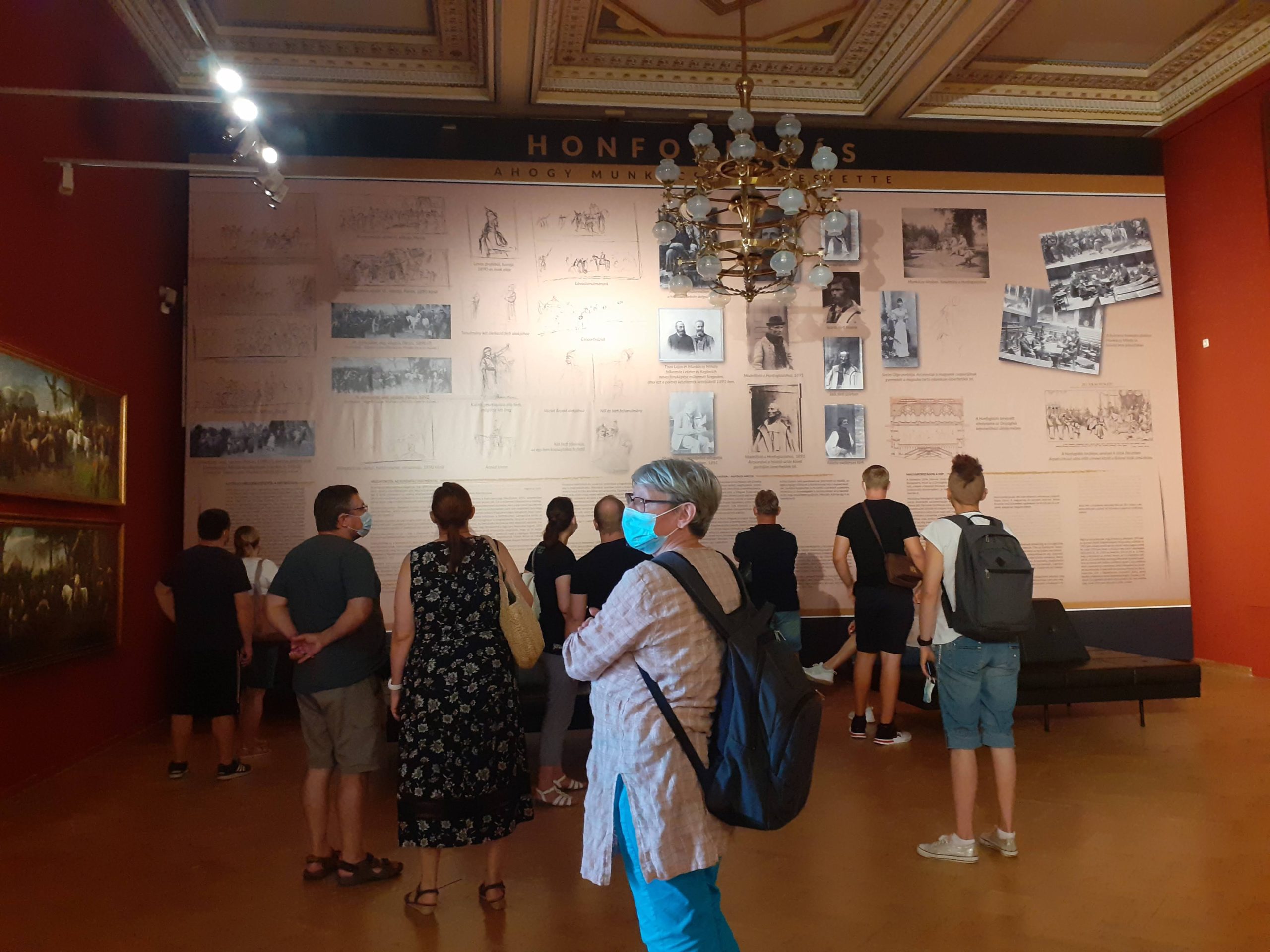
The art world has been significantly affected by the spreading of Covid-19. Artists, galleries, art curators, audiences, collectors, art dealers, art academicians, and art critics have tried to adjust their activities to the current situation. This article is exploring the change that happens in the art world during the ongoing spreading of the corona virus.
1. The increasing of Online Sales of artwork and decreasing of Gallery Sales
As physical encounter is limited during the pandemic, many auction houses and galleries have moved their market to the digital platform. Quoted from artnews.com, a survey on 795 galleries across the US, the UK, Europe, and Asia reported galleries’ sales on the offline platform have decreased by 36 percent in the first half of 2020 compared to the same period of 2019. Meanwhile, the online sales volume is rapidly growing, from only 10 percent (in the first half of 2019) to 37 percent of total sales volume (in the first half of 2020).
Many art fairs have been canceled or postponed including three art fair events of Art Basel this year. These circumstances force the art dealers and galleries to use the digital platform to sell their products. The increasing digital art market also compels the collectors to buy artworks through online sales platforms.
The artwork online trading is predicted will keep going along with the recovery progress of the corona virus.
2. Art in Virtual Space
Different kinds of arts from visual art to performance art have been impacted by the COVID-19. All cultural activities have been forced to shift from physical to the virtual platform since the coronavirus remains spread all over the world.
As Blaise Tobia and Virginia Maksymowicz say almost every museum and gallery adapt to this situation and create an online space to show their collections. The audience also has to adjust themselves to feel satisfied enough to enjoy artworks through online platforms. Of course, it is not comparable with the enjoyment to appreciate art in the real world. However, you are lucky enough if you can enjoy this virtual art experience because only they whose computer and good internet services can access this online artwork.
3. More Exhibition in Public Space
Exhibition in public space becomes an alternative to meet the desire of enjoying artworks in a real way and align with the rules of social distance. Some artists set their works in public spaces like a city park, beach, or downtown area.
4. Changing on the art education
Art education has also to adjust its teaching method. ‘Distance learning’ in art education is a little bit hard to imagine. The teacher instructs art students in their studio through an online meeting app. In this distance learning, some obstacles are inevitable, such as reduction of image sharpness in the computer screen, unstable internet connection, or instructions that are difficult to understand without physical encounters.
The education institution that has faculty related to art will also be struggling amidst the wider spreading of the coronavirus. As reported by news.artnet.com, Yale University announced that it will not accept new graduate students to the Department of Art History until 2022. The suspension is directly tied to the ongoing Covid-19 crisis. Currently, students of Art History are facing many uncertainties such as the difficulty of access to libraries and archives, eliminating physical workspace, and also narrower job prospects as many internships and job offers have been canceled.
5. Government’s Support for Art and Culture
The government’s support is needed to support art and cultural life during the pandemic. Since almost every citizen is experiencing difficulties in this second-wave of the coronavirus, the government needs to take over the role to support the art and culture. Many countries have launched some aid and grant programs to recover the art and cultural life.
